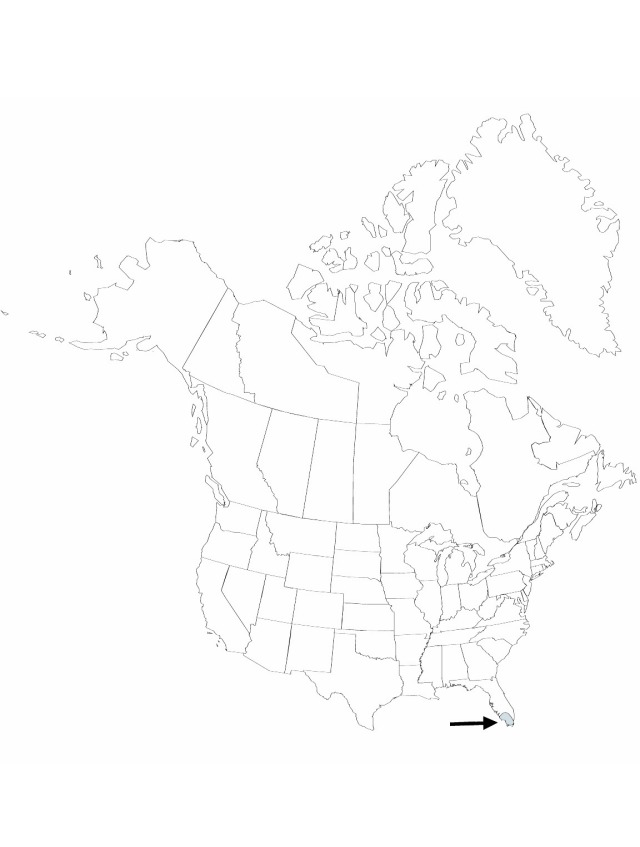Difference between revisions of "Tradescantia spathacea"
Prodr. 57. 1788.
FNA>Volume Importer |
imported>Volume Importer |
||
| (One intermediate revision by the same user not shown) | |||
| Line 8: | Line 8: | ||
}} | }} | ||
|common_names=Moses-in-the-cradle;oyster-plant;boat-lily | |common_names=Moses-in-the-cradle;oyster-plant;boat-lily | ||
| + | |special_status={{Treatment/ID/Special_status | ||
| + | |code=W | ||
| + | |label=Weedy | ||
| + | }}{{Treatment/ID/Special_status | ||
| + | |code=I | ||
| + | |label=Introduced | ||
| + | }} | ||
|basionyms= | |basionyms= | ||
|synonyms={{Treatment/ID/Synonym | |synonyms={{Treatment/ID/Synonym | ||
| Line 31: | Line 38: | ||
|habitat=Occasionally escaped to hammocks and weedy places | |habitat=Occasionally escaped to hammocks and weedy places | ||
|distribution=Fla.;Mexico;West Indies;Central America. | |distribution=Fla.;Mexico;West Indies;Central America. | ||
| + | |introduced=true | ||
|discussion=<p><i>Tradescantia spathacea</i> is native to southern Mexico, Central America, and the West Indies.</p> | |discussion=<p><i>Tradescantia spathacea</i> is native to southern Mexico, Central America, and the West Indies.</p> | ||
|tables= | |tables= | ||
| Line 53: | Line 61: | ||
|publication title=Prodr. | |publication title=Prodr. | ||
|publication year=1788 | |publication year=1788 | ||
| − | |special status= | + | |special status=Weedy;Introduced |
| − | |source xml=https:// | + | |source xml=https://bitbucket.org/aafc-mbb/fna-data-curation/src/2e0870ddd59836b60bcf96646a41e87ea5a5943a/coarse_grained_fna_xml/V22/V22_587.xml |
|genus=Tradescantia | |genus=Tradescantia | ||
|species=Tradescantia spathacea | |species=Tradescantia spathacea | ||
Latest revision as of 20:32, 5 November 2020
Herbs, erect or ascending, rarely rooting at nodes. Stems unbranched, short. Leaves spirally arranged; blade usually abaxially purple, adaxially green, strap-shaped, to 35 × 5 cm (distal leaf blades wider or narrower than sheaths when sheaths opened, flattened), leathery, succulent, glabrous. Inflorescences axillary, sessile, or pedunculate in axils well below shoot apex, cymes enclosed in pairs of boat-shaped spathes. Flowers distinctly pedicillate; pedicels glabrous; sepals distinct, white, 3–6 mm, glabrous; petals distinct, white, ovate, not clawed; stamens free; filaments bearded. Capsules 3- or (by abortion) 2-locular, 3–4 mm. Seeds 1 per locule, 3–4 mm. 2n = 12 (Belize).
Phenology: Flowering winter (Jan).
Habitat: Occasionally escaped to hammocks and weedy places
Distribution

Introduced; Fla., Mexico, West Indies, Central America.
Discussion
Tradescantia spathacea is native to southern Mexico, Central America, and the West Indies.
Selected References
None.